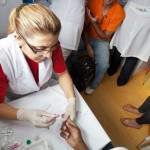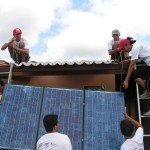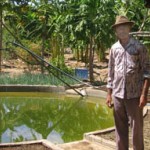
The theme for the 2013 World AIDS Day, observed on Dec. 1, was “Sharing Responsibility—Strengthening Results for an AIDS-Free Generation.” USAID's work in Brazil has strengthened civil society organizations to advocate for prevention policies, programs and strategies that address the country's HIV/AIDS epidemic, and has helped to build one of the world’s most effective HIV/AIDS prevention programs.

Among Brazil’s poor, youth unemployment can be as high as 66 percent. Young people looking for work lack the skills, experience, and education that make them desirable in a tight labor market. Another, very different, problem among the poor is access to electricity.

Half of all unemployed people in Brazil are under 25. Youth unemployment is over 40 percent in northeastern Brazil and even higher among young women and the poor. With many Brazilians living in precarious social and economic conditions, it will be difficult to break the cycle of poverty without investing in youth.

For decades, human trafficking for sexual exploitation in Brazil was viewed as an isolated phenomenon, not a systemic problem. The lack of visibility made it difficult for victims to identify those who could help. It also made it hard for organizations that wanted to help to collaborate with each other.

People from the semi-arid “backlands” of Brazil’s northeast are known for their persistence in eking a living out of a nearly barren land, where severe droughts force them to relocate about once each decade. Farmers produce beans and manioc, a plant with an edible starchy root, or tend the cattle of wealthier landowners for negligible pay.








Comment
Make a general inquiry or suggest an improvement.